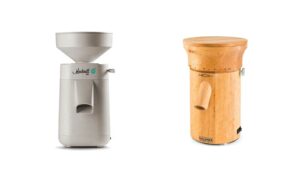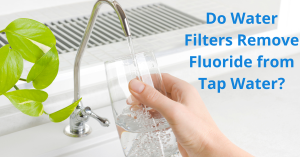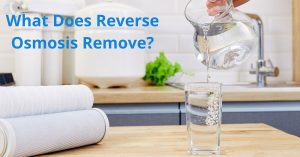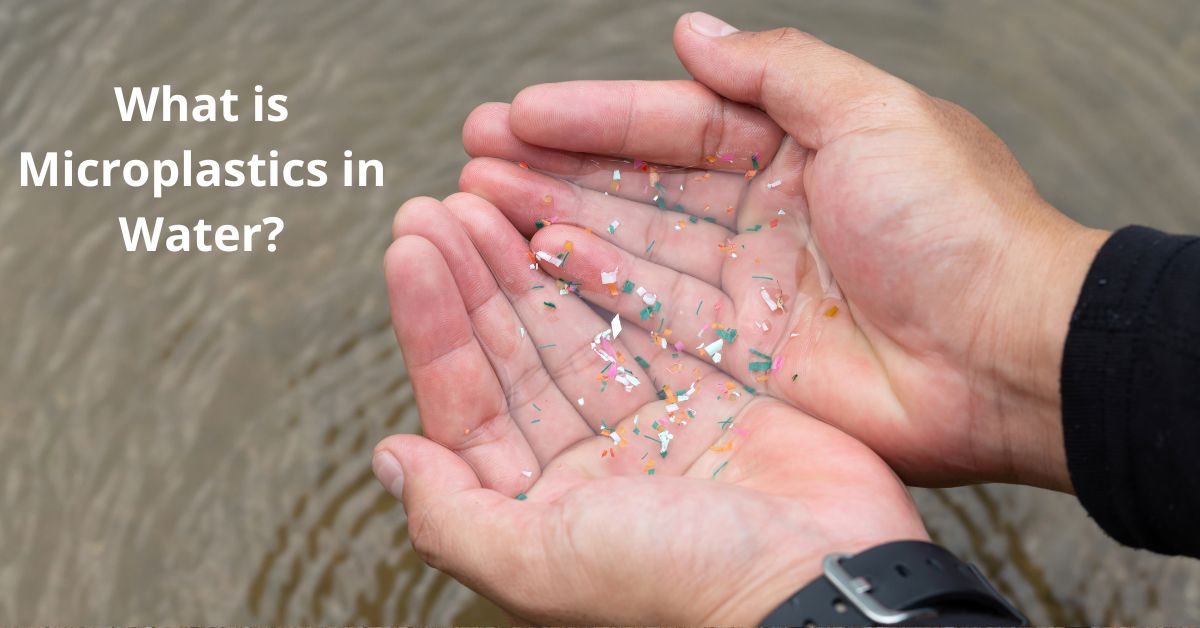
What is Microplastics in Water?
As a parent I questioned the safety of our tap water when my son came along. Suddenly, every glass of water, every bottle, and every bath felt like a potential risk. My journey to understand what was really in our water led me down a rabbit hole of research and ultimately, a new career in the water filtration industry.
One of the most alarming contaminants I discovered was microplastics. Tiny, nearly invisible plastic particles that have infiltrated our water supplies, food chains, and even our bodies. If you’re like me, you’re probably wondering: How did this happen? And more importantly, how do we protect our families from it?
What Are Microplastics?
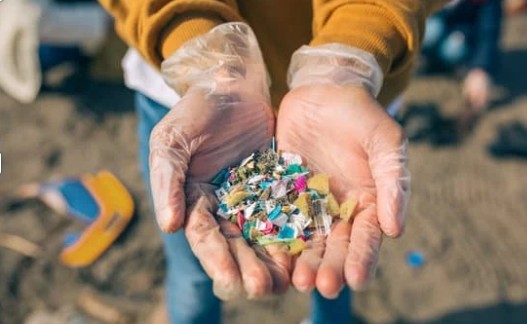
Microplastics are tiny plastic fragments smaller than 5 millimeters – about the size of a sesame seed or even smaller. Some are so minuscule that they’re invisible to the naked eye, measuring less than a micron (1/1000th of a millimeter). These nearly indestructible particles have infiltrated our water, soil, air, and even our food chain, raising serious concerns about their long-term impact on human health and the environment. They include:
– Breaking down of larger plastics (like water bottles, bags, and packaging)
– Microbeads from personal care products (though many countries have banned these)
– Synthetic fibers from clothing (released in laundry and entering wastewater)
– Tire wear (yes, driving releases microplastics into the air and water)
These particles don’t biodegrade. Instead, they accumulate in our environment, making their way into rivers, lakes, and eventually, our drinking water.

Source: Science Direct (https://www.sciencedirect.com/science/article/abs/pii/S0301479724003475)
What is the Major Cause of Microplastics?
The biggest contributors to microplastic pollution are:
1. Single-use plastics – Bottles, bags, and food packaging that break down over time.
2. Synthetic textiles – Every wash of polyester or nylon clothing releases thousands of microfibers.
3. Industrial waste – Plastic pellets used in manufacturing often spill into waterways.
4. Car tires – Friction from driving releases tiny rubber particles that wash into drains.
What’s even more concerning is that microplastics act like sponges for other toxins, absorbing harmful chemicals like PFAS (forever chemicals) and heavy metals. When we ingest them, these toxins may enter our bodies.
How Do Microplastics Get Into Our Water?
Microplastics enter our water supply in several ways:
– Wastewater treatment plants aren’t designed to filter out all microplastics, so they end up in rivers and oceans.
– Rain and wind carry microplastics from landfills and streets into water sources.
– Plastic pollution in oceans breaks down and contaminates marine life, which can then enter our food chain.
Studies have found microplastics in 83% of global tap water samples, bottled water, and even remote mountain springs. This isn’t just an environmental issue, it’s a direct threat to our health.
Which Water Filters Remove Microplastics?
When I first learned about microplastics, I was overwhelmed by the options for removing them. After years in the water filtration industry, here’s what I’ve found works best:
1. Reverse Osmosis (RO) Filtration
RO systems are one of the most effective ways to remove microplastics (as small as 0.001 microns) along with other contaminants like lead, PFAS, and chlorine. They force water through a semi-permeable membrane, trapping nearly all impurities.
Bonus: A water filter that removes PFAS often uses RO technology, since these “forever chemicals” are notoriously hard to eliminate.
2. Activated Carbon Filters
High-quality carbon filters (like those in under sink filter systems) can capture some microplastics, though not as thoroughly as RO. They’re great for improving taste and reducing common chemicals.
3. Whole House Water Purification System
If you want complete protection (for drinking, bathing, and washing), a whole house water purification system with multiple filtration stages can remove microplastics and other contaminants at every tap.
What I Use at Home
After testing countless filters, I settled on an RO system for drinking water and a whole-house carbon filter to reduce microplastics and PFAS in showers and sinks. It’s an investment, but the peace of mind is priceless.
Protecting Your Family
Learning about microplastics was a wake-up call for me. The fact that Australia allows higher levels of certain contaminants (like PFAS) compared to the US or the EU made me realise how much we must advocate for our own water safety.
If you’re concerned:
- Test your water (look for microplastics and PFAS specifically).
- Invest in a high-quality filter (RO is my top recommendation).
- Reduce plastic use to help stop the problem at its source.
Water is life and ensuring it’s clean and safe is one of the most important things we can do for our families. If my journey from worried parent to water expert taught me anything, it’s that knowledge + action = real protection.
Have questions about water filters or contaminants? Drop them in the comments—I’d love to help!
Janka from Living Whole Australia – Water Filtration Specialist & Concerned Parent

